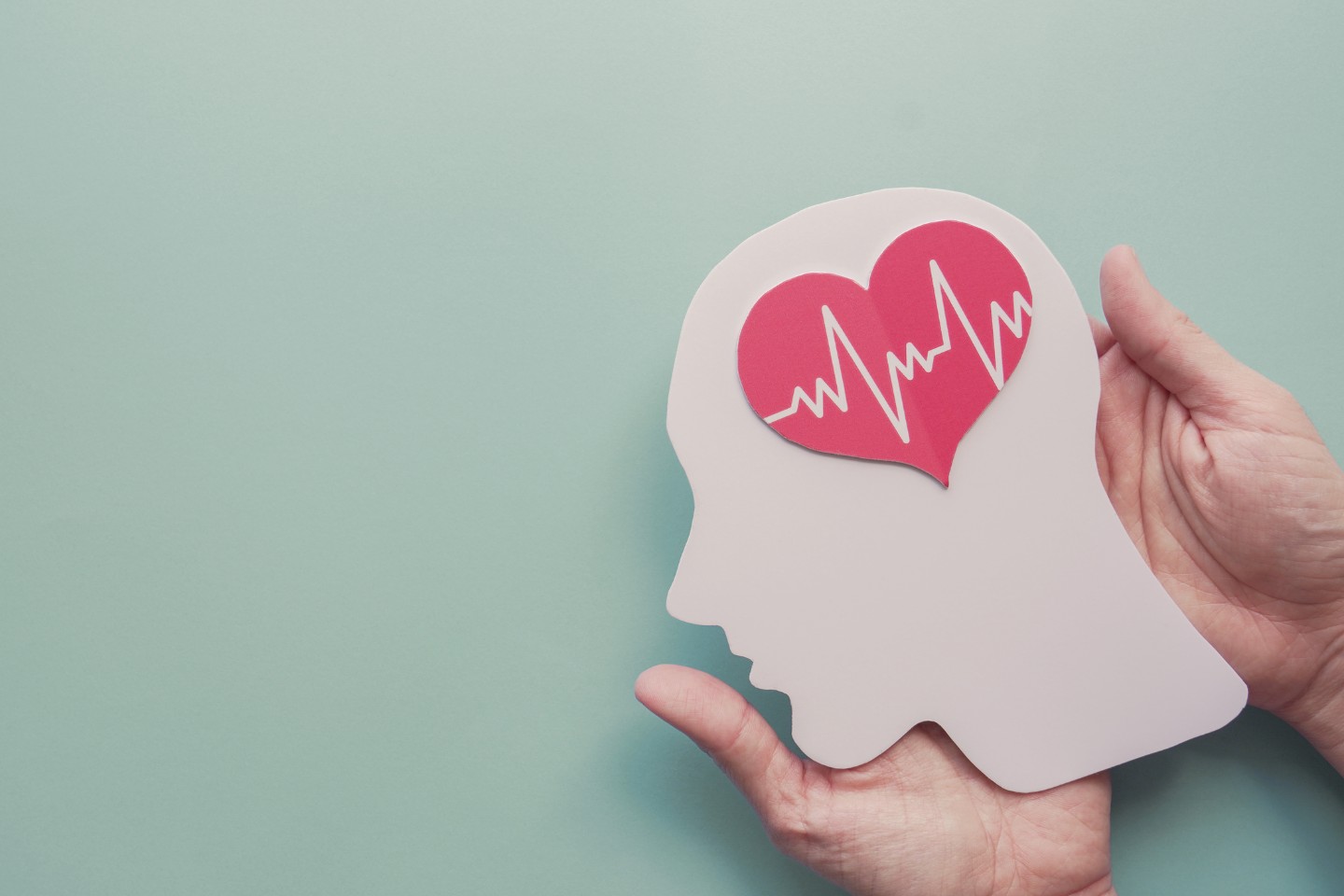Don't Let Influenza A Get You Down: Your Guide to Stay Ahead
DEC 16, 2025Influenza A is one of the main types of flu viruses that cause seasonal epidemics in humans.
Read More
Anyone can have a stroke. It’s the fifth leading cause of death in the United States, and a major cause of disability. Approximately one out of every six people in the United States will have a stroke in their lifetime, according to the Centers for Disease Control and Prevention.
This serious medical condition occurs when the blood supply to a part of the brain is interrupted or reduced, causing brain cells to die. Every minute that passes without treatment increases the risk of permanent brain damage or even death.
The good news is up to 80% of strokes are preventable, according to the American Stroke Association. That’s where you come in. Here’s nine things you can do to reduce your risk of stroke.
If you’re concerned about your stroke risk, talk to your provider. Together, you can develop a plan for improving your risk and your overall health.
Sources:
“Stroke Facts." Centers for Disease Control and Prevention, Centers for Disease Control and Prevention, 11 Feb. 2021, cdc.gov/stroke/facts.htm.
"Association of Diet Quality with Risk of Stroke: A Prospective Cohort Study," Dariush Mozaffarian, MD, DrPH; Renata Micha, PhD; Eric B. Rimm, ScD; Meir J. Stampfer, MD, DrPH; Walter C. Willett, MD, DrPH; and Frank B. Hu, MD, PhD, “Stroke,” March 2010.

Influenza A is one of the main types of flu viruses that cause seasonal epidemics in humans.
Read More
Viral hepatitis is a group of infectious diseases that attack the liver and can cause serious health problems, including liver cancer.
Read More
It's time to break down those barriers and the stigmas regarding men's health and well-being. So, let's dive into some key areas of men's general health.
Read More